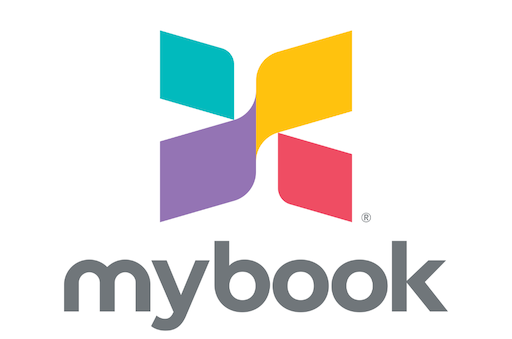Display Advertising Checklist you always wanted and you deserve. I am going to share the checklist that you can call is universal and can be used regardless of the ad network.
Display advertising is a form of online advertising that involves the use of visually appealing text, images, and video to communicate a message or promote a product or service. These ads appear on websites, social media platforms, and other digital environments, targeting users based on various factors such as their interests, behavior, and demographic information.
Where Can You Do Display Advertising?
Display advertising can be conducted across numerous platforms and networks, including:
- Google Display Network (GDN), reaching over 90% of internet users worldwide.
- Social media platforms like Facebook, Instagram, LinkedIn, and Twitter.
- Programmatic advertising platforms that automate the buying and selling of ad inventory in real time.
- Affiliate networks and specific websites that allow direct ad placements.
Why is Display Advertising Important?
Display advertising is crucial for building brand awareness, retargeting visitors, and driving conversions. It allows advertisers to reach a broad audience with personalized messages, making it easier to engage potential customers at various stages of the buying process. Through creative and targeted ads, businesses can effectively communicate their value proposition and differentiate themselves in a competitive market.
What are the Limits on Display Advertising?
The limits on display advertising often relate to ad placement availability, targeting capabilities, budget constraints, and platform-specific guidelines. Advertisers must also navigate the challenge of ad blocking technology and ensure their ads meet the quality and relevance standards set by ad networks.
What are the Advantages and Disadvantages of Advertising?
Advantages include broad reach, targeting capabilities, the ability to track and measure performance, and flexibility in ad formats. Disadvantages may involve ad blindness (where users ignore ads), the potential for high costs without proper optimization, and the need for ongoing management and adjustment.
About the Display Advertising Checklist
A well-prepared checklist is essential for maximizing the effectiveness of display advertising campaigns. This comprehensive guide aims to ensure that all critical aspects of display advertising are considered and optimized.
Display Advertising Checklist
- Define Campaign Goals: Clearly outline what you want to achieve with your display advertising efforts (e.g., brand awareness, lead generation).
- Identify Your Target Audience: Understand who your ideal customers are, including demographics, interests, and behaviors.
- Choose the Right Platforms: Select platforms that align with your audience’s preferences and habits.
- Budget Appropriately: Allocate your budget based on campaign goals and expected ROI.
- Design Engaging Creatives: Create visually appealing and relevant ad creatives, including images and videos.
- Optimize Ad Copy: Craft compelling and concise ad copy that resonates with your target audience.
- Utilize Targeting Options: Leverage targeting options (e.g., demographic, geographic, behavioral) to reach your desired audience.
- Implement A/B Testing: Test different ad variations to identify the most effective elements.
- Use Retargeting Strategies: Retarget users who have previously interacted with your website or shown interest in your products.
- Ensure Mobile Optimization: Design ads that are optimized for mobile devices.
- Monitor Ad Placement: Ensure your ads are placed in relevant and safe environments.
- Adhere to Platform Guidelines: Comply with the advertising policies of each platform.
- Track and Analyze Performance: Use analytics to monitor ad performance and identify areas for improvement.
- Adjust Bids and Budgets: Optimize your spending for the best possible ROI.
- Refine Targeting Based on Performance: Adjust your targeting strategies based on campaign data.
- Explore Different Ad Formats: Test various ad formats to see what works best for your audience.
- Focus on Landing Page Experience: Ensure the landing page is relevant, engaging, and optimized for conversion.
- Utilize Frequency Capping: Limit the number of times your ad is shown to the same user to avoid ad fatigue.
- Incorporate Interactive Elements: Use interactive ads to engage users more deeply.
- Stay Updated on Industry Trends: Keep abreast of the latest trends and technologies in display advertising.
- Optimize for Ad Quality Scores: Improve your ads’ relevance and landing page quality to get better placements and lower costs.
- Ensure GDPR Compliance: For audiences in Europe, ensure your advertising practices comply with GDPR regulations.
- By following this checklist, advertisers can ensure their display advertising campaigns are well-planned, effectively executed, and continuously optimized for the best possible results.












